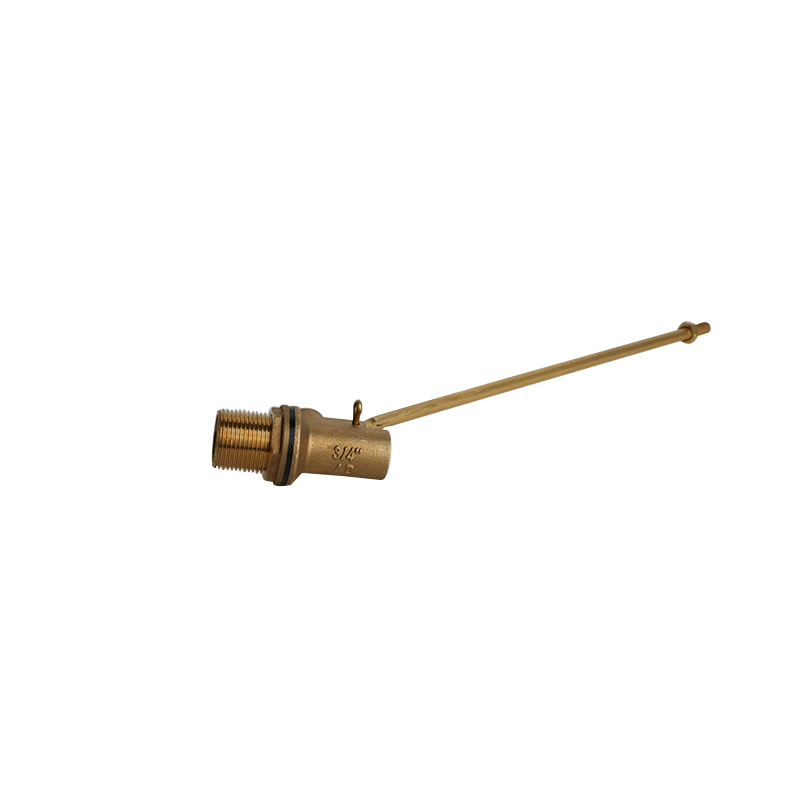Valves: These are mechanical devices used to control the flow of fluids within a system by opening, closing, or partially obstructing passageways. Valves come in a myriad of designs and configurations, each tailored to specific applications. Globe valves, gate valves, ball valves, and butterfly valves are just a few examples of the diverse valve types available.
The function of a valve is to start, stop, or regulate the flow rate, pressure, or direction of a fluid, offering crucial control and safety measures. For instance, in the oil and gas industry, valves play a pivotal role in shutting off the flow of oil or gas in case of emergencies, preventing potential disasters.
Fittings: Complementing valves, fittings are components used to connect and join various sections of pipes or tubing. They provide versatility and adaptability, ensuring a seamless transition between different pipe sizes, shapes, and materials. Fittings can be threaded, welded, or socketed, allowing for easy assembly and disassembly of pipelines as needed.
Applications Across Industries
Oil and Gas Industry: Valves and fittings are integral to exploration, extraction, refining, and distribution processes in the oil and gas sector. They regulate the flow of crude oil, natural gas, and refined products, ensuring safety and operational efficiency in pipelines, rigs, and refineries.
Chemical Industry: In chemical processing plants, valves and fittings help manage the precise flow and mixing of different chemicals. Corrosion-resistant materials are often used to construct these components to withstand the harsh and reactive nature of many chemicals.
Water Treatment and Distribution: Valves and fittings play a critical role in controlling water flow, maintaining pressure, and managing the distribution of clean water in municipal systems and treatment plants. They help regulate water treatment processes, ensuring safe drinking water for communities.
Pharmaceutical and Food Industries: Hygiene and precision are paramount in pharmaceutical and food processing. Valves and fittings designed with sanitary features and materials ensure the integrity and cleanliness of the production process, meeting stringent quality standards.
Key Factors in Valve and Fitting Selection
Material: The choice of materials for valves and fittings is crucial, considering factors like fluid compatibility, temperature, pressure, and environmental conditions. Common materials include stainless steel, brass, PVC, and various alloys, each offering specific properties suited for different applications.
Type and Functionality: Selecting the appropriate valve type and fitting configuration depends on the intended function within the system. Factors such as flow control, on/off service, pressure ratings, and environmental conditions dictate the choice of valve type and fitting style.
Maintenance and Reliability: Regular maintenance and inspections are essential to ensure the proper functioning of valves and fittings. Proactive maintenance schedules help prevent leaks, malfunctions, and system failures, ensuring longevity and reliability.
Future Trends and Innovations
The evolution of valve and fitting technologies continues to progress, driven by the demand for enhanced efficiency, safety, and sustainability. Trends include the integration of smart technologies like sensors and actuators, enabling remote monitoring, predictive maintenance, and automated control systems.


 English
English русский
русский Deutsch
Deutsch












